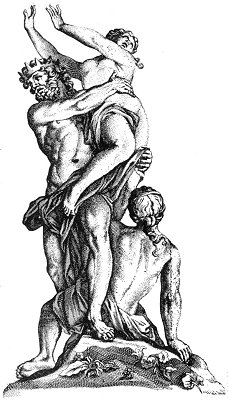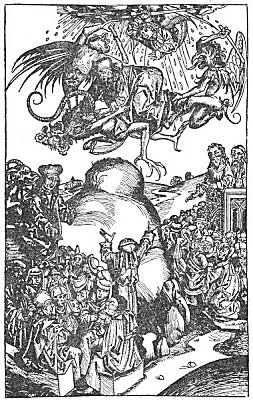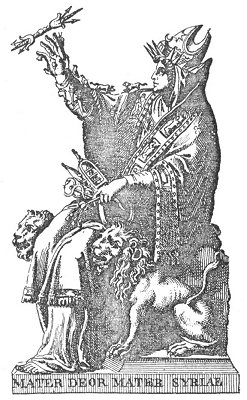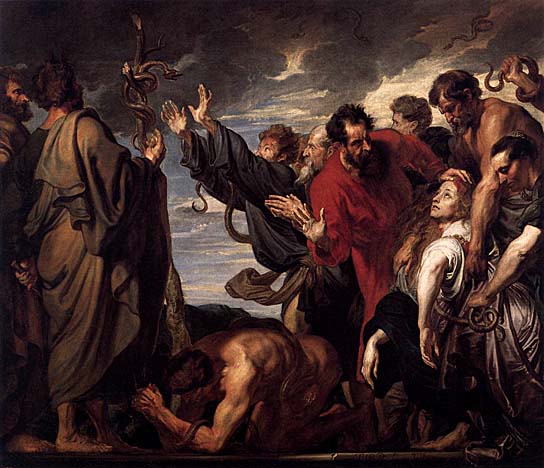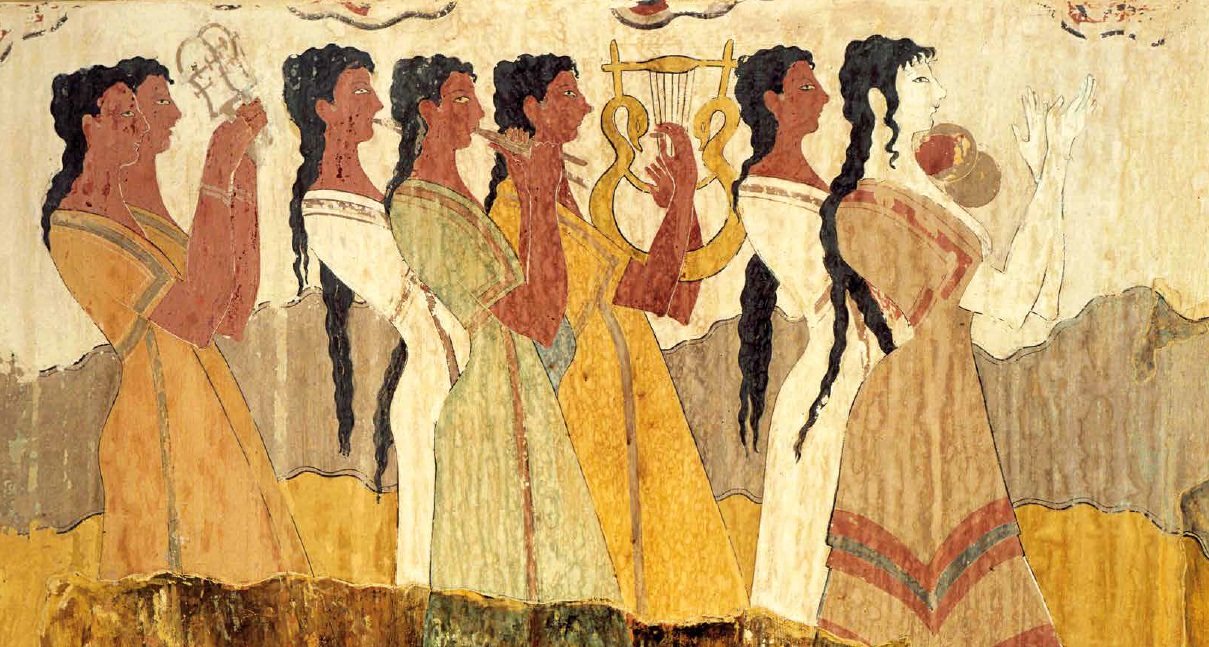“An occult fraternity, which has endured from very ancient times, having a hierarchy of officers, secret signs, and passwords, and a peculiar method of instruction in science, religion, and philosophy. . . . If we may believe those who, at the present time, profess to belong to it, the philosopher’s stone, the elixir of life, the art of invisibility, and the power of communication directly with the ultramundane life, are parts of the inheritance they possess. The writer has met with only three persons who maintained the actual existence of this body of religious philosophers, and who hinted that they themselves were actually members. There was no reason to doubt the good faith of these individuals — apparently unknown to each other, and men of moderate competence, blameless lives, austere manners, and almost ascetic in their habits.
Page 308
They all appeared to be men of forty to forty-five years of age, and evidently of vast erudition . . . their knowledge of languages not to be doubted. . . . They never remained long in any one country, but passed away without creating notice.”
Another of such sub-brotherhoods is the sect of the Pitris, in India. Known by name, now that Jacolliot has brought it into public notice, it yet is more arcane, perhaps, than the brotherhood that Mr. Mackenzie names the “Hermetic Brothers.” What Jacolliot learned of it, was from fragmentary manuscripts delivered to him by Brahmans, who had their reasons for doing so, we must believe. The Agrouchada Parikshai gives certain details about the association, as it was in days of old, and, when explaining mystic rites and magical incantations, explains nothing at all, so that the mystic L’om, L’Rhum, Sh’hrum, and Sho-rim Ramaya-Namaha, remain, for the mystified writer, as much a puzzle as ever. To do him justice, though, he fully admits the fact, and does not enter upon useless speculations.
Whoever desires to assure himself that there now exists a religion which has baffled, for centuries, the impudent inquisitiveness of missionaries, and the persevering inquiry of science, let him violate, if he can, the seclusion of the Syrian Druzes. He will find them numbering over 80,000 warriors, scattered from the plain east of Damascus to the western coast. They covet no proselytes, shun notoriety, keep friendly — as far as possible — with both Christians and Mahometans, respect the religion of every other sect or people, but will never disclose their own secrets. Vainly do the missionaries stigmatize them as infidels, idolaters, brigands, and thieves. Neither threat, bribe, nor any other consideration will induce a Druze to become a convert to dogmatic Christianity. We have heard of two in fifty years, and both have finished their careers in prison, for drunkenness and theft. They proved to be “real Druzes,” said one What will, perhaps, still more astonish American readers, is the fact that, in the United States, a mystical fraternity now exists, which claims an intimate relationship with one of the oldest and most powerful of Eastern Brotherhoods. It is known as the Brotherhood of Luxor, and its faithful members have the custody of very important secrets of science. Its ramifications extend widely throughout the great Republic of the West. Though this brotherhood has been long and hard at work, the secret of its existence has been jealously guarded. Mackenzie describes it as having “a Rosicrucian basis, and numbering many members” (“Royal Masonic Cyclopaedia,” p. 461). But, in this, the author is mistaken; it has no Rosicrucian basis. The name Luxor is primarily derived from the ancient Beloochistan city of Looksur, which lies between Bela and Kedgee, and also gave its name to the Egyptian city.
These people do not accept the name of Druzes, but regard the appellation as an insult. They call themselves the “disciples of Hamsa,” their Messiah, who came to them, in the tenth century, from the “Land of the Word of God,” and, together with his disciple, Mochtana Boha-eddin, committed this Word to writing, and entrusted it [[Footnote continued on next page]]
Page 309
of their chiefs, in discussing the subject. There never was a case of an initiated Druze becoming a Christian. As to the uninitiated, they are never allowed to even see the sacred writings, and none of them have the remotest idea where these are kept. There are missionaries in Syria who boast of having in their possession a few copies. The volumes alleged to be the correct expositions from these secret books (such as the translation by Petis de la Croix, in 1701, from the works presented by Nasr-Allah to the French king), are nothing more than a compilation of “secrets,” known more or less to every inhabitant of the southern ranges of Lebanon and Anti-Libanus. They were the work of an apostate Dervish, who was expelled from the sect Hanafi, for improper conduct — the embezzlement of the money of widows and orphans. The Expose de la Religion des Druzes, in two volumes, by Sylvestre de Sacy (1828), is another net-work of hypotheses. A copy of this work was to be found, in 1870, on the window-sill of one of their principal Holowey, or place of religious meeting. To the inquisitive question of an English traveller, as to their rites, the Okhal, a venerable old man, who spoke English as well as French, opened the volume of de Sacy, and, offering it to his interlocutor, remarked, with a benevolent smile: “Read this instructive and truthful book; I could explain to you neither better nor more correctly the secrets of God and our blessed Hamsa, than it does.” The traveller understood the hint.

Moe is the founder of GnosticWarrior.com. He is a father, husband, author, martial arts black belt, and an expert in Gnosticism, the occult, and esotericism.


